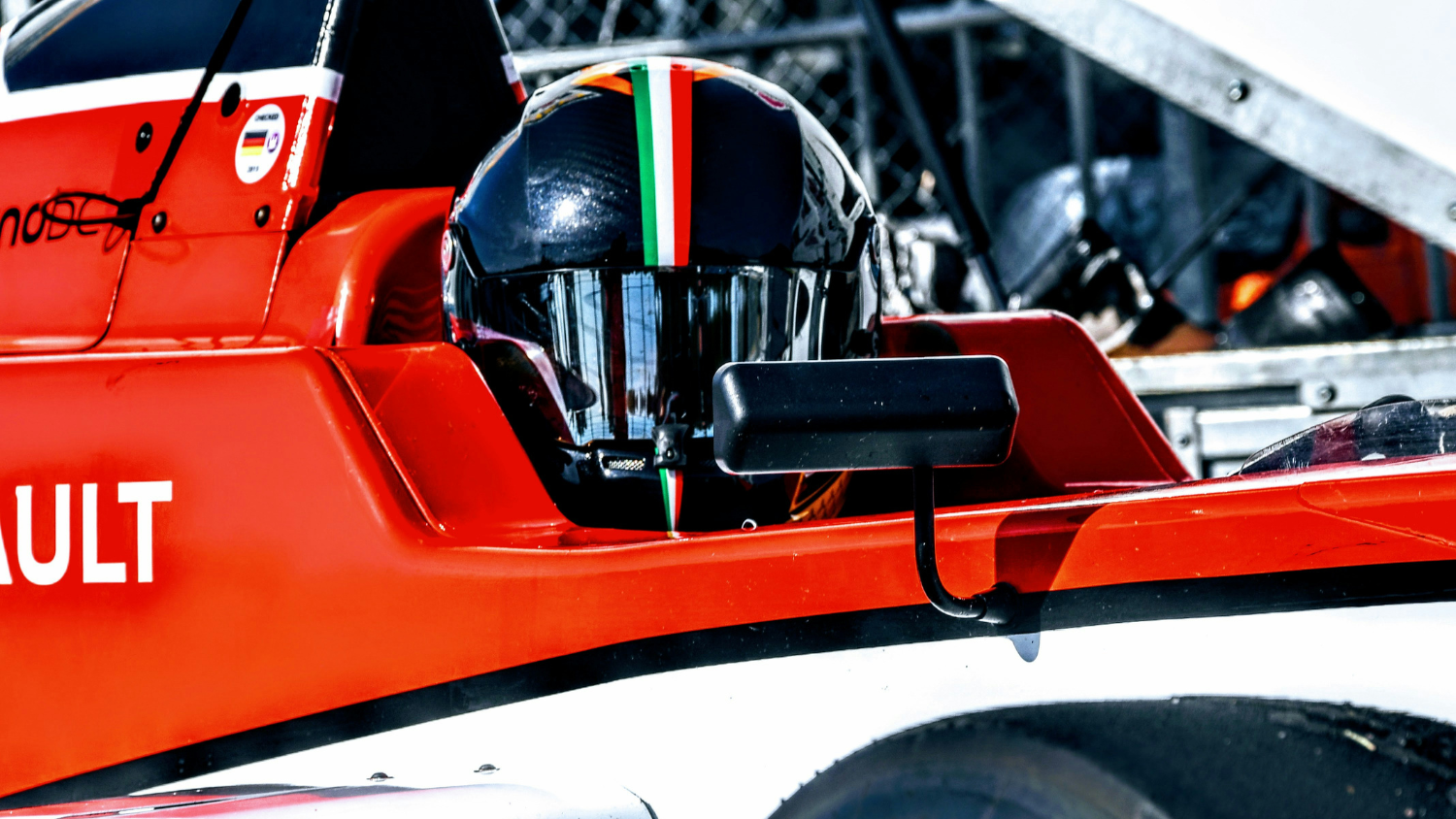Advanced Metals in Formula 1: Engineering Excellence on the Fast Track

Every element in an F1 car, from its frame to exhaust, is designed for maximum performance, safety, and durability under extreme conditions.
Advanced metals are essential in this pursuit, selected for their unique properties to withstand the relentless demands of modern racing.
The Importance of Metal Selection in Formula 1
F1 cars operate under extreme conditions, requiring materials that offer:
- High Strength-to-Weight Ratio: Essential for maintaining structural integrity while minimizing weight.
- Exceptional Heat Resistance: Necessary to withstand the intense temperatures generated by engines and braking systems.
- Durability and Corrosion Resistance: Critical for longevity and performance consistency throughout the racing season.
In F1 car engineering, each metal is selected for a precise role, contributing to the performance, resilience, and safety required on the track.
From enhancing the chassis structure to managing heat in the exhaust, these materials are essential to pushing the limits of speed and control under the sport’s most intense conditions, including;
Titanium
Properties: Titanium boasts a high strength-to-weight ratio, excellent corrosion resistance, and the ability to withstand temperatures up to 600°C.
The combustion temperature within a modern Formula 1 engine can soar to around 2,600°C – roughly half the temperature found on the sun's surface! When you factor in the heat generated by other components like the Energy Store and Turbocharger, it's evident just how intense the internal temperatures of an F1 car can become. As motorsport shifts toward smaller engines and optimises hybrid powertrain efficiency, these temperatures are only set to climb, amplifying the need for advanced cooling solutions and materials that can withstand such extreme temperatures.
Applications: Utilised in suspension components, engine valves, and fasteners, titanium's lightweight nature contributes to overall weight reduction without compromising strength.
Carbon Fibre Reinforced with Aluminium Alloys
Properties: Carbon fibre composites, when combined with aluminium alloys, offer high tensile strength and stiffness while remaining lightweight.
Applications: Forming the monocoque chassis, this combination provides a rigid yet light structure, enhancing safety and performance.
Inconel
Properties: Inconel is a nickel-chromium superalloy known for its ability to maintain mechanical properties at temperatures exceeding 1,000°C.
Applications: Employed in exhaust systems and turbocharger components, Inconel withstands extreme heat and corrosive environments, ensuring reliability under high thermal stress.
Magnesium Alloys
Properties: Magnesium alloys are among the lightest structural metals, offering a density of approximately 1.8 g/cm³, which is about 35% lighter than aluminium.
Applications: Used in gearbox casings and wheel rims, magnesium alloys contribute to significant weight savings, enhancing acceleration and handling. However, their flammability requires careful engineering to mitigate fire risks.
High-Strength Steel Alloys
Properties: Advanced high-strength steels provide excellent tensile strength and toughness, with some alloys achieving strengths up to 1,200 MPa.
Applications: Integral to the roll cage and suspension components, these steels offer superior impact resistance, ensuring driver safety during collisions.
Aluminium
Aluminium is commonly used in exhaust system heat shielding due to its reflective properties and ability to withstand moderate temperatures. It acts as a radiant barrier, reflecting heat away from sensitive components and reducing heat transfer. In Formula 1, these rigid heat shields are often made out of aluminium or gold sheet or other composites, with a ceramic thermal barrier coating to improve the heat insulation.
Formula 1 is a constant showcase of engineering brilliance, with every season bringing new innovations in design, materials and performance.
The choice of metals plays a crucial role in this high-speed world, where even the smallest advancements can offer a competitive edge. From titanium’s strength to magnesium’s agility, these materials are not just functional but form the backbone of F1’s pursuit of excellence.
As the sport continues to evolve, advanced metals will remain central to pushing the boundaries of what’s possible on the track, making Formula 1 a thrilling blend of speed, science and skill.
